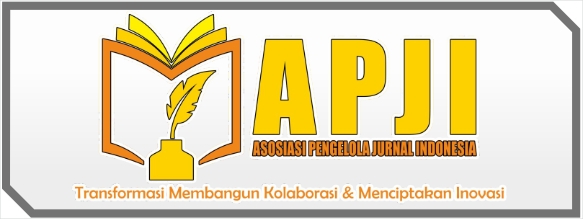Health and Safety PPE Compliance Tracking
DOI:
https://doi.org/10.59841/ignite.v2i2.1049Keywords:
Technology, PPE, constructionAbstract
Computer vision technology is used to improve work safety in the construction industry. The key in this project is the utilization of the YOLO method on the Roboflow platform. In addition to the Convolutional Neural Networks (CNN) algorithm, YOLO efficiently divides the image into a grid and classifies the objects in the grid by bounding box and confidence score. With the integration of YOLO, this project can achieve accurate and fast PPE detection. This project uses the YOLO method to detect head and body parts from input images. The detected body parts are then cropped and processed using the CNN method for classification. This project will also implement computer vision algorithms, including Deep Learning methods that currently have the most significant results in image recognition is CNN method, to automatically detect and monitor the use of PPE. This model achieves mAP 64.1%, Precision 73.2%, and Recall 60.2%. The Streamlit framework was used for deployment, creating a web application for PPE compliance tracking. This project, ''Health and Safety PPE Compliance Tracking'', aims to improve work safety in the construction industry. This project uses Computer Vision technology to detect, monitor, and ensure worker compliance with the use of appropriate PPE. The suggestion is to conduct further trials using other datasets in the form of photos or videos that can be done in real-time by ensuring that the colors of hats and vests do not vary too much to detect the conformity of labeling with PPE use.
References
M. N. R. Isya, “Rancangan Bangun Sistem Peringatan Identifikasi Alat Pelindung Diri (APD) Menggunakan Metode You Only Look Once v4 (YOLOv4),” Conference on Automation Engineering and Its Application, 2021.
R. S. a. A. T. V. S. K. Delhi, “Detection of Personal Protective Equipment (PPE) Compliance on Construction Site Using Computer Vision Based Deep Learning Techniques,” Frontier in Built Environ, vol. 6, p. 136, 2020.
R. R. a. Z. Z. R. Mafra, “Analisis Kepatuhan Penggunaan Alat Pelindung Diri (APD) Pada Peserta Keterampilan Tukang dan Pekerja Konstruksi,” Jurnal Arsir, vol. 5, p. 1, 2021.
L. W. S. M. R. M., “Detersi Rompi Dan Helm Keselamatan Menggunakan Metode YOLO Dan CNN,” Jurnal Infra, vol. 10, p. 2, 2022.
K. Fukushima, “Neocognitron: A Self-Organizing Neural Network Model for a Mechanism of Pattern Recognition Unaffected by Shift in Position,” Biological Cybernetics, 1980.
A. C. A. N. S. S. a. B. Y. S. Ahlawat, “Improved Handwritten Digit Recognition Using Convolutional Neural Networks (CNN),” Sensors, vol. 20, p. 12, 2020.
H. a. A. N. A. Coates, “An Analysis of Single-Layer Networks in Unsupervised Feature Learning,” 2011.
Downloads
Published
How to Cite
Issue
Section
License
Copyright (c) 2024 Journal Islamic Global Network for Information Technology and Entrepreneurship

This work is licensed under a Creative Commons Attribution-ShareAlike 4.0 International License.















